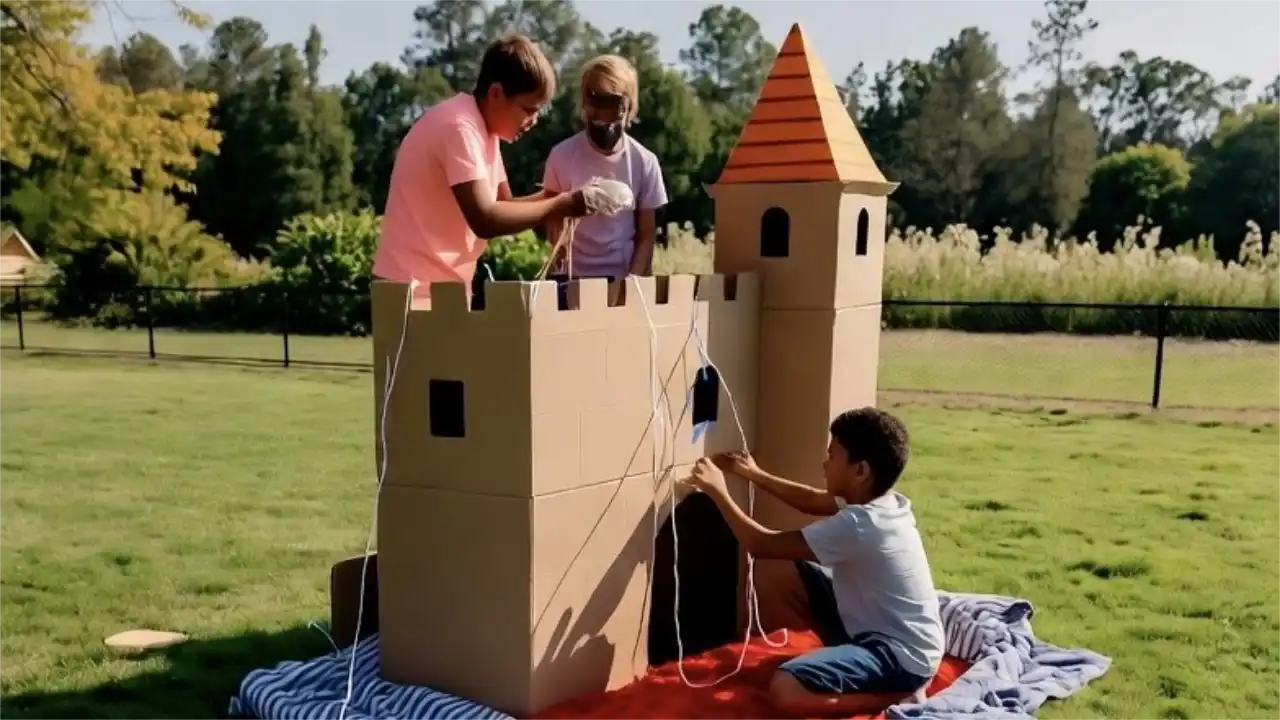
Connecting with the Community: Create with Friends
O
ne afternoon, my son and his friends dragged boxes and blankets into the backyard and began building. “It’s a castle,” one of them declared, already drawing a moat in the dirt. I stepped back and watched their collaboration unfold—tunnels added, towers raised, arguments negotiated. Working together turned simple materials into something much more: a shared project that required planning, compromise, and imagination. It also gave each child a chance to practice communication and take ownership of their ideas.
A few weeks later, they painted a mural on cardboard panels, huddled in our garage. “We picked the colors together,” my son said proudly. Each child had a hand in it—some outlined shapes, others filled them in. They took turns explaining their parts when neighbors stopped to admire the work. These projects didn’t just nurture creativity; they taught kids to speak up, listen, and reflect. With each new group effort, their ability to revise and collaborate deepened—and so did their pride in what they made together.
Encourage your child to create with others, whether by inviting friends for a shared art session or helping them coordinate a group build. Ask, “What are you working on together?” and offer support without taking over. Let them document their process with photos or sketches, and celebrate the final result as a team effort. These experiences prepare children for real-world collaboration, where clear communication, respect, and shared vision turn simple ideas into meaningful creations.
Connecting with the Community

Connecting with the Community: Balance Competition and Teamwork
Healthy competition can motivate without dividing. Learn to balance teamwork with friendly challenge to support confidence and cooperation.
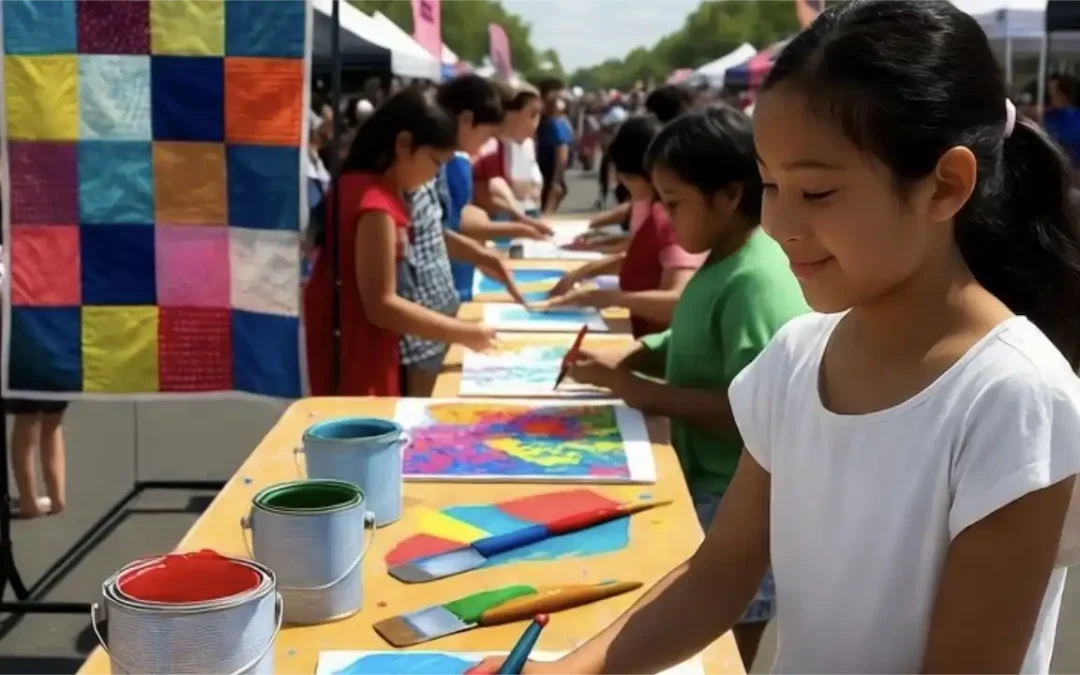
Connecting with the Community: Join Creative Groups or Festivals
Group creativity builds confidence and connection. Explore clubs, festivals, and events where children can share ideas and learn from others.
Table of contents

Primordial Soup for the Mind: Navigation
Navigate the book Primordial Soup for the Mind.
TIPS
- Plan group projects like art or building.
- Praise their teamwork to show you value their work.
- Set up weekly group activities.
- Ask “What are you making?” to start ideas.
ACTIVITIES
- Group Build: Make something with friends, ask, “What are you making?” Create for 15 minutes.
- Mural Share: Paint together, talk about their ideas, 20 minutes.
EXAMPLE
My daughter built a model with friends, saying, “It’s big!” Her projects started a design hobby.

Download “Primordial Soup for the Mind: A Parent’s Guide to Nurturing Intellectual Growth”
Enter your information to get this article and hundreds more as part of the FREE book Primordial Soup for the Mind.
Share your thoughts with the Thought Academy community in the Comments section below.

Sharpen those skills!
Enter your information to get our FREE practice exercises so you can hone your critical thinking and reasoning skills!

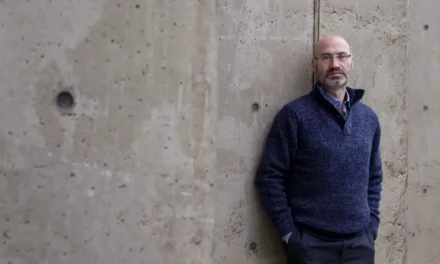

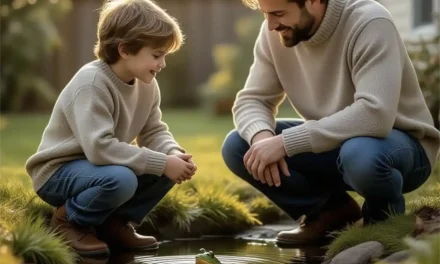
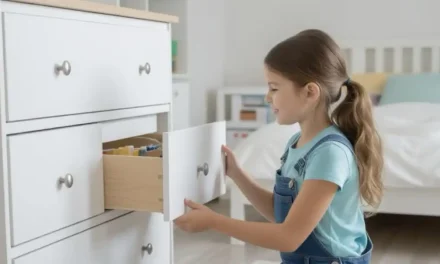

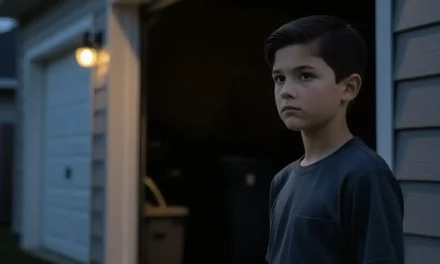
0 Comments